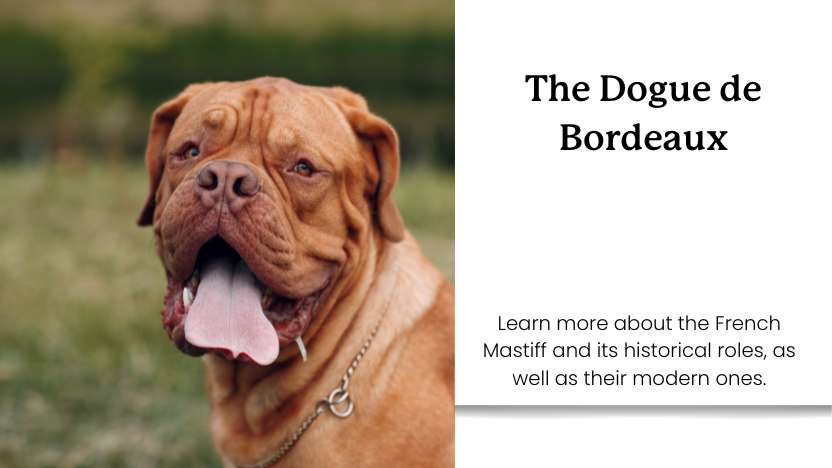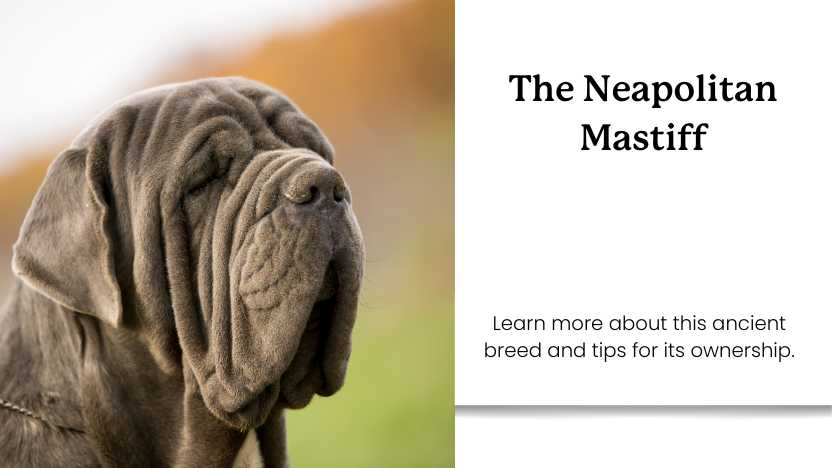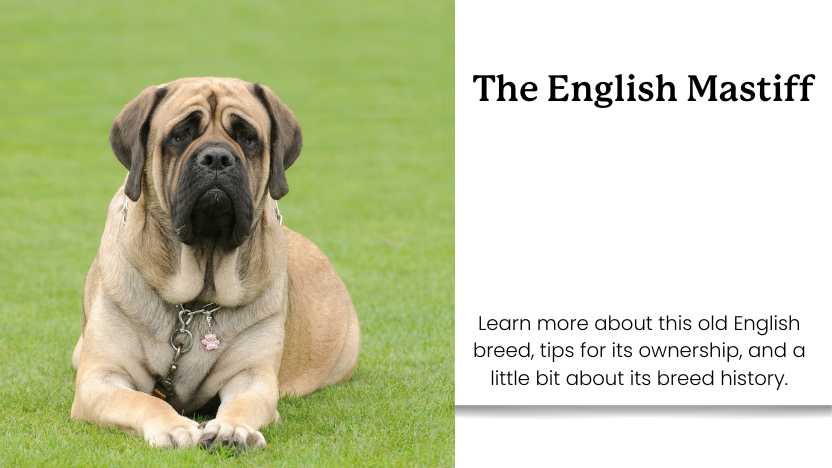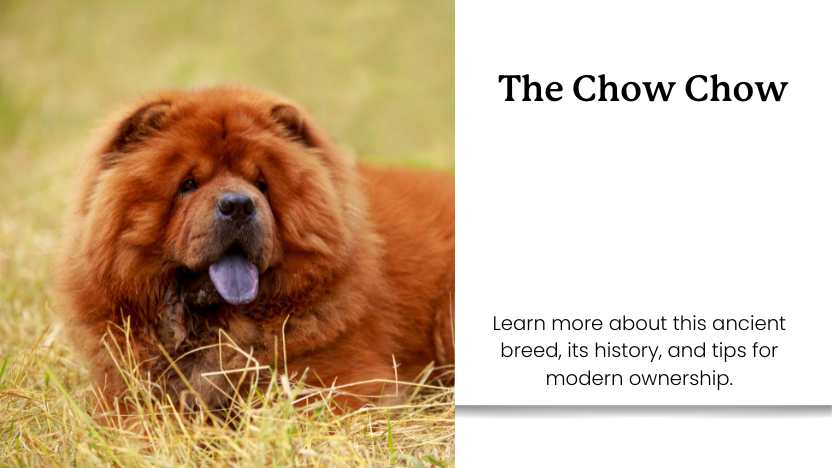The Dogue de Bordeaux—also known as the French Mastiff—is a working breed with a powerful frame and a noble, loyal temperament. Known for their wrinkled face, soulful eyes, and massive head, these dogs were originally bred to guard estates, pull carts, and even hunt large game in France.
But beneath their imposing appearance lies one of the most orthopedic-prone dog breeds in the world. The Dogue de Bordeaux has a very high incidence of hip and elbow dysplasia—often requiring lifelong joint care and sometimes surgical intervention. This guide explores the breed’s background, temperament, health issues, and how to support their comfort and longevity.
Let’s take a closer look.
The History of the Dogue de Bordeaux
One of the oldest French dog breeds, the Dogue de Bordeaux dates back over 600 years and likely descends from ancient molosser-type dogs brought to Europe by the Romans. Over the centuries, the breed served as a guardian, war dog, and boar hunter across French estates.

In the 19th century, Dogues were popular with butchers, cattle drovers, and even the French aristocracy for their strength and loyalty. Despite their working background, they nearly went extinct after World War II but were revived by passionate breeders in France and later introduced to the U.S. in the 20th century.
They gained international attention following the release of the 1989 film *Turner & Hooch*, which featured a Dogue de Bordeaux in a lead role.
The Modern Dogue
Today, Dogues de Bordeaux are most often kept as companion animals. They’re prized for their loyalty, calm demeanor, and quiet strength. They can be excellent family dogs when properly trained and socialized, though their size and health needs make them better suited for experienced owners.
These dogs mature slowly and remain physically and emotionally dependent well into their second year. Early orthopedic support and structured training are essential to helping them develop into stable, healthy adults.
Dogue de Bordeaux Temperament & Personality
DDBs are loyal, affectionate, and often surprisingly gentle. They’re naturally protective but typically not aggressive without cause. Many develop strong bonds with their families and are happiest when lounging beside their humans or watching over the home from a comfy spot.
They do best in quiet, stable environments and with owners who are calm, confident, and consistent. They are intelligent but sometimes stubborn, requiring patient training and plenty of positive reinforcement.
While they can be tolerant with children, their large size means supervision is always necessary. Socialization from an early age is key to preventing fearfulness or reactivity with strangers or other dogs.
Common Health Issues in French Mastiffs (Dogue de Bordeaux)
The number one health concern for French Mastiffs (Dogue de Bordeaux) is hip and elbow dysplasia. Their size alone—many weigh over 140 pounds—puts immense pressure on their joints. Without early support, they are extremely prone to arthritis and mobility issues later in life.
These issues are often hereditary but can be managed or delayed through smart care. Puppies are especially vulnerable during their rapid growth phase.
Other health concerns include:
- Bloat (gastric torsion) – a life-threatening condition common in deep-chested breeds
- Heart issues (especially aortic stenosis)
- Obesity – which further strains joints and can shorten lifespan
To support a Mastiff’s joint health:
- Use large-breed puppy food to control early growth rate
- Keep weight in a healthy range at all stages of life
- Start joint-supportive supplements early—glucosamine, chondroitin, turmeric, and CBD oil or chews are all helpful
- Provide soft, supportive bedding and avoid frequent jumping or stairs
Exploring Bloat & Bloat Prevention in French Mastiffs
Bloat, also known as gastric dilatation-volvulus (GDV), is one of the most serious and life-threatening conditions in French Mastiffs (Dogue de Bordeaux). It occurs when the stomach fills with gas and twists on itself, cutting off blood flow and requiring immediate emergency surgery. Unfortunately, large, deep-chested breeds like Mastiffs are at significantly higher risk.
These dogs have stomachs with more room to flip or rotate, and this rotation can occur when dogs gulp air while eating, eat large meals rather than spaced out meals, exercise excessively around mealtime, or experience anxiety that interferes with their eating habits.
While there’s no guaranteed way to prevent bloat, there are several steps owners can take to reduce the risk:
- Feed multiple smaller meals per day instead of one large meal.
- Avoid vigorous exercise an hour before and after eating.
- Use a slow feeder bowl to prevent gulping and excess air intake.
- Avoid Elevated Food Bowls: Elevated feeders were once recommended, but recent insights show that they could be linked to an increased risk of bloat in large dogs.
- Consider a gastropexy surgery (stomach tacking), especially if your dog is already undergoing a spay or neuter. This can help prevent the stomach from twisting in the future.
- Monitor for symptoms like unproductive retching, a distended belly, restlessness, or signs of pain—and act fast. Bloat can progress in minutes, not hours.
Due to their deep chest and genetic predisposition, recognizing the early warning signs and acting quickly can save your Mastiff’s life. If you suspect bloat, go to an emergency vet immediately—this is not a condition that can wait.
Is a Dogue de Bordeaux Right for You?
These powerful yet gentle dogs can be incredibly rewarding for the right owner. If you have the space, strength, and dedication to proactive health management—especially for joints—the Dogue de Bordeaux will repay you with loyalty, love, and quiet companionship.
But their joint care requirements, short lifespan (typically 5–8 years), and medical costs may make them a challenge for first-time dog owners. If you're ready for the responsibility, though, few dogs are as noble or devoted as the Dogue de Bordeaux.










